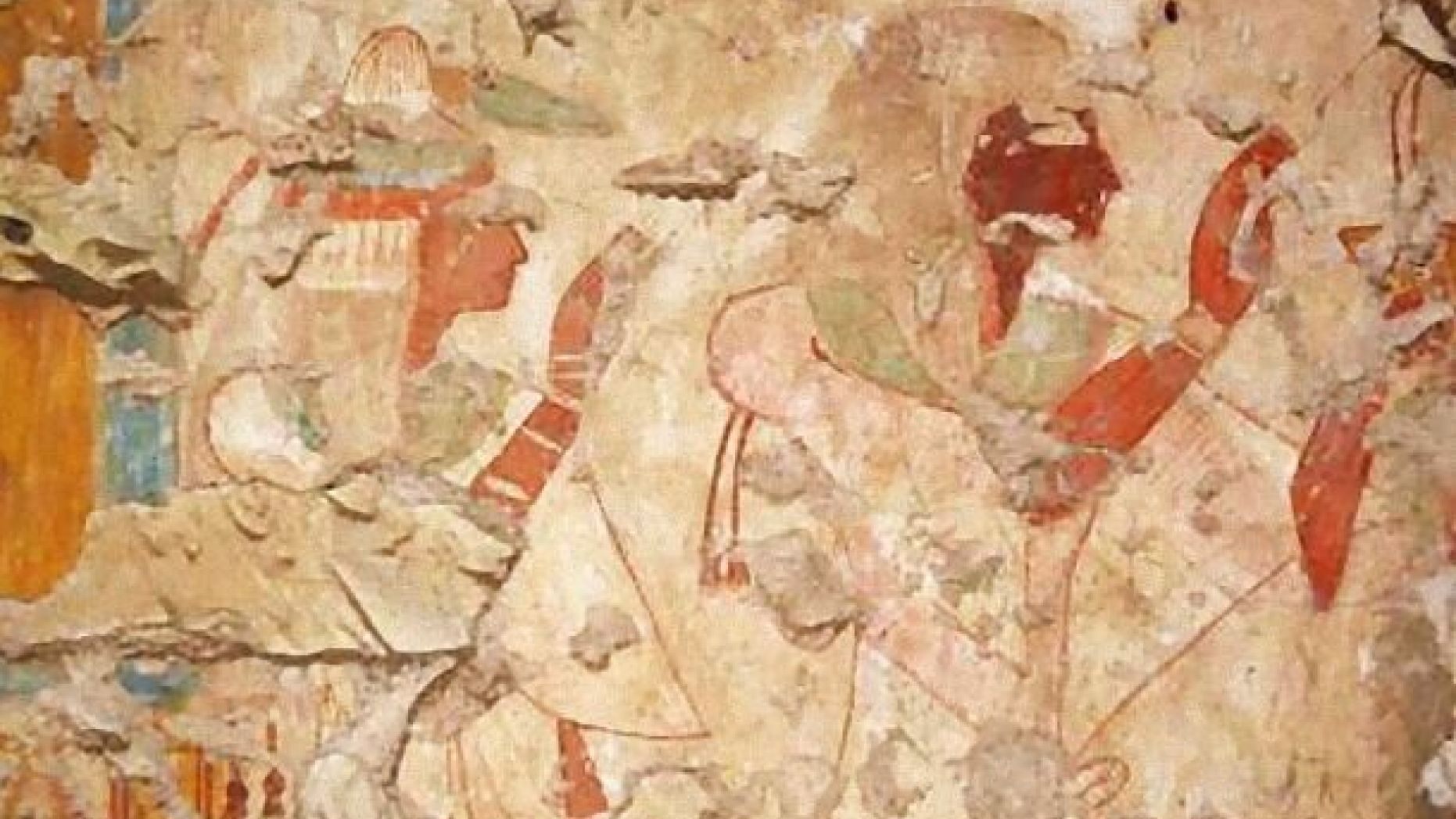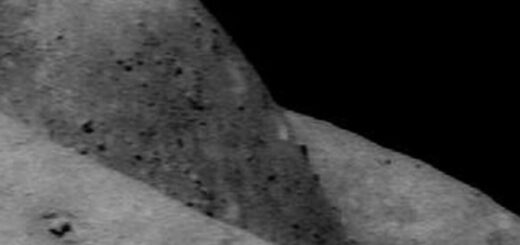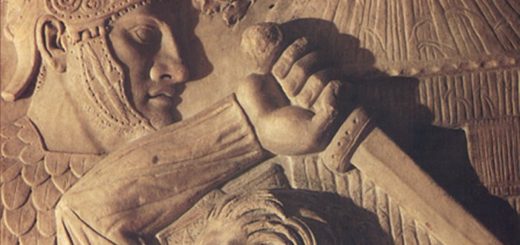3,000-year-old royal tomb discovered in Egypt

Archaeologists cleaning the forecourt of a high official’s tomb in Egypt poked through a hole and discovered another tomb behind it — one that was built for a man more than three millennia ago.
The team, led by Egyptology professor Jiro Kondo of Waseda University in Tokyo, was cleaning up the tomb of Userhat, a high official under Amenhotep III, the ninth pharaoh of the Eighteenth Dynasty, when they discovered the hole. Beyond it lay the transverse hall of a previously unknown tomb built for a royal scribe named Khonsu.
A frieze pattern near the ceiling is typical of the Ramesside period, around 1200 B.C.
KING TUT TOMB MYSTERY: EXPERTS TAP TECH IN NEW HUNT FOR SECRET CHAMBERS
The magnificently decorated T-shaped tomb runs 15 feet long from east to west and 18 feet from north to south. A carved picture on the wall of the entrance area shows four baboons worshipping the solar boat of the god Ra-Atum. Next to these images, hieroglyphics describe Khonsu as a “true renowned scribe.”
On another wall, Khonsu and his wife, with two ram-headed deities in the background, are shown worshipping the gods Osiris and Isis, who also are depicted in a seated position on another wall.
The discovery raises hopes that more unknown tombs may be found in the Luxor area of Egypt, according to a report on Waseda’s website.
STUDY CONFIRMS KING TUT’S DAGGER WAS MADE WITH IRON FROM A METEORITE
The Waseda University Institute of Egyptology was granted permission to begin excavating in the area in 1971. It continues to conduct excavations every year from its base in Luxor.



 Creators of mankind
Creators of mankind Description of “Tall white aliens”
Description of “Tall white aliens” Where they came from?
Where they came from? About hostile civilizations
About hostile civilizations The war for the Earth
The war for the Earth “Tall white aliens” about eternal life
“Tall white aliens” about eternal life Video: “Nordic aliens”
Video: “Nordic aliens” Aliens
Aliens Alien encounters
Alien encounters The aliens base
The aliens base UFO
UFO Technology UFO
Technology UFO Underground civilization
Underground civilization Ancient alien artifacts
Ancient alien artifacts Military and UFO
Military and UFO Mysteries and hypotheses
Mysteries and hypotheses Scientific facts
Scientific facts


















